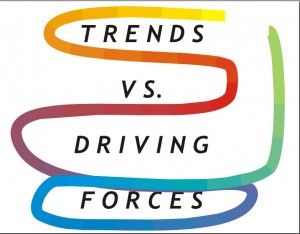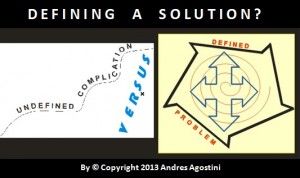Dec 13, 2013
Trends Vs. Dynamic Driving Forces.
Posted by Andres Agostini in categories: bitcoin, business, complex systems, education, energy, engineering, finance, futurism, information science, philosophy, physics, science, security, singularity, supercomputing
Trends Vs. Dynamic Driving Forces! By Mr. Andres Agostini
(Trends Vs. Dynamic Driving Forces, A Clarity-Driven Pathway Before A Universal Management and Scientific Blunder!).
This is an excerpt from the conclusion section of, “…Trends Vs. Dynamic Driving Forces…” that discusses some management and futurism theories and practices. To read the entire piece, just click the link at the end of article:










 11 December 2013 by
11 December 2013 by 






